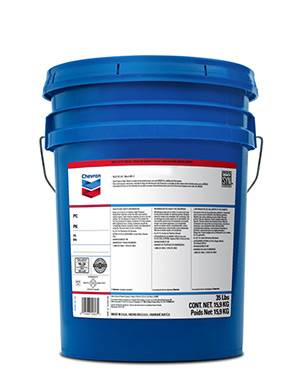Aug . 19, 2024 23:34 Back to list
Innovative Solutions in Metal Valve Technology for Enhanced Performance and Durability
The Evolution and Importance of Metal Valves in Industry
In the realm of industrial applications, metal valves play a pivotal role in the regulation and control of fluid flow. These components, made from various metals, are designed to manage the passage of liquids and gases in pipelines, ensuring that processes run smoothly and safely. The journey of metal valves from their inception to their current state of advanced technology is a fascinating tale of engineering innovation and industrial necessity.
Historically, valves have been used for thousands of years, with early designs crafted from wood and clay. However, as industries evolved during the Industrial Revolution, the demand for more durable and reliable valve systems became paramount. This led to the development of metal valves, which offered enhanced strength, durability, and resistance to high temperatures and pressures. Metals like brass, bronze, stainless steel, and cast iron became the materials of choice for manufacturers, each chosen for its unique properties suited to different applications.
The Evolution and Importance of Metal Valves in Industry
Metal valves come in various types, including gate valves, globe valves, ball valves, and butterfly valves, each designed for specific applications. For instance, gate valves are typically used for on/off control, while globe valves offer throttling capabilities, making them ideal for regulating flow. Ball valves are favored for quick shut-off, and butterfly valves are popular in large volume applications due to their lightweight design and compact structure. The versatility of these valves means they can be found in a vast array of sectors, from water supply and sewage treatment to petrochemical processing.
metalvalves

As industries advance and environmental concerns take precedence, the design and manufacturing processes for metal valves have also evolved. Modern technologies, such as computer-aided design (CAD) and automated manufacturing, have led to more precise and reliable valve systems. Additionally, innovations in materials science have introduced corrosion-resistant coatings and alloys that enhance the lifespan and performance of valves in harsh environments.
Furthermore, the importance of sustainability is becoming increasingly recognized. Many manufacturers are now focusing on creating valves that not only deliver performance but also minimize environmental impact. This includes the use of recyclable materials and the development of valves that reduce leakage, thereby preventing the loss of valuable resources and minimizing pollution.
The future of metal valves is bright as industries continue to seek advanced solutions for optimizing fluid control. With ongoing research and development, we can expect the introduction of smart valves equipped with sensors and IoT capabilities. These technologies will enable real-time monitoring and data analysis, further enhancing the efficiency and safety of industrial operations.
In conclusion, metal valves are an indispensable part of many industrial processes. Their evolution from simple mechanical devices to sophisticated components reflects the broader advancements in engineering and technology. As the industrial landscape continues to change, the significance of metal valves will only grow, helping to drive innovation and efficiency across various sectors. Their ability to adapt and evolve in response to new challenges ensures that metal valves will remain crucial in managing the flow of fluids for years to come.
-
Thread Micrometer Set FeaturesNewsJul.04,2025
-
Right Angle Ruler Tool for WoodworkingNewsJul.04,2025
-
Precision Frame Level Calibration StepsNewsJul.04,2025
-
Magnetic Vee Block MaterialsNewsJul.04,2025
-
Heavy Duty Ground Anchors in MiningNewsJul.04,2025
-
Features of Welding Table Cast IronNewsJul.04,2025
Related PRODUCTS









